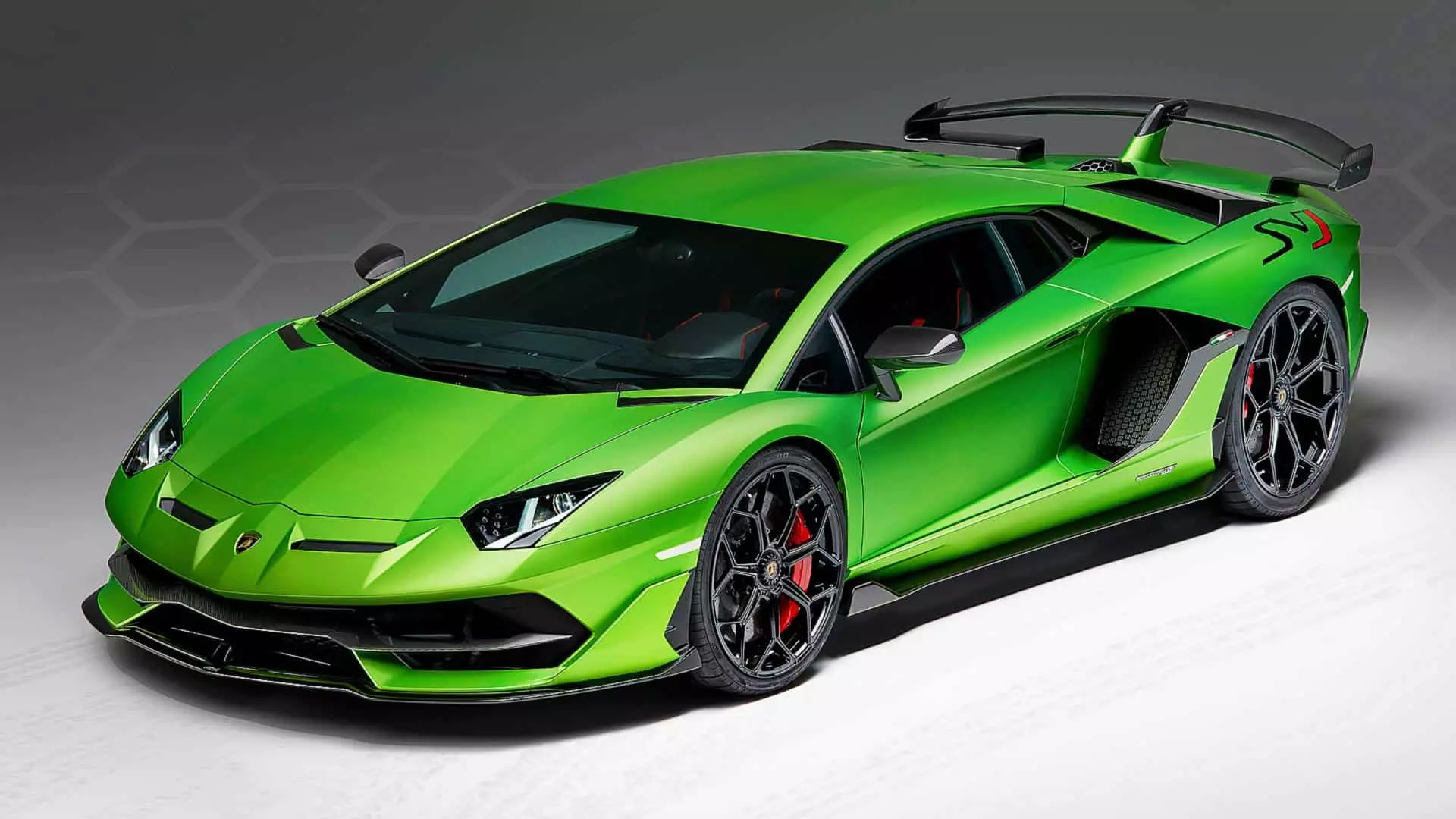Automobili Lamborghini’s recent push into the metaverse with its Fast ForWorld platform and the unveiling of digital counterparts for its newest models, Temerario and GT3, signals more than just technological enthusiasm; it reveals a distorted obsession with maintaining relevance in a rapidly changing digital landscape. The move to embed these luxury vehicles into Wilder World, a photorealistic open-world metaverse, is superficially impressive but ultimately distracts from what truly matters: sustainable innovation rooted in tangible value and real-world utility. In this chase for virtual clout, Lamborghini risks commodifying its brand in a way that elevates digital collectibles over actual engineering excellence or customer experience.
The Fantasy of Digital Twins and the Illusion of Deep Integration
Lamborghini’s claim that NFTs of their models will serve as “digital twins” that bridge physical and virtual worlds underscores a broader misconception. Many corporations are rushing to emulate this trend, believing that virtual counterparts will somehow enhance the real-world ownership experience. Yet, this oversimplification ignores the fundamental question: does owning a digital replica truly change the automotive experience, or does it merely serve as a status symbol within digital ecosystems? The focus on interoperability via the Motorverse ecosystem, while technically innovative, reveals a dangerous prioritization of technology for technology’s sake, rather than a clear plan to deliver meaningful engagement or real-world benefits. It’s easy to get caught in the hype but far harder to contemplate whether these virtual assets will ever lead to genuine customer loyalty or lasting brand value.
The Economics of Virtual Cars and the Mirage of Future Profitability
Partnering with Animoca Brands and Wilder World positions Lamborghini at the forefront of a burgeoning yet immature digital economy. However, integrating physical luxury into virtual worlds creates a complex web of speculative behavior, where ownership is more about scarcity and rarity than utility or provenance. While industry giants like Samsung, Epic Games, and NVIDIA back Wilder World, their involvement should serve as a reminder: high-profile endorsements do not inherently validate the economic sustainability of these digital ventures. Instead, they highlight how the market becomes flooded with virtual assets that may, in time, prove to be worthless or unsellable, leaving early adopters and luxury brands holding overhyped commodities that lack intrinsic value. The risk is that Lamborghini’s brand prestige can be diluted or exploited in ways that do not benefit the end customer.
The Cultural Implications of Embracing an Overhyped Digital Realm
This move into the metaverse also raises concerns about cultural superficiality. Lamborghinis have always symbolized performance, exclusivity, and craftsmanship—values rooted in tangible engineering mastery. The shift toward virtual representation, driven by a desire to digitalize the experience, potentially undercuts these values. As consumers are drawn into a digital city envisioned as a “new frontier,” one must ask whether these efforts foster authentic brand connection or simply serve as a distraction for a brand desperately trying to stay relevant in a social media-driven economy. Furthermore, the focus on virtual collectibles might contribute to a growing disconnect between the brand and its core clientele—luxury consumers who value durability, performance, and craftsmanship over fleeting digital trends.
The Pitfalls of Prioritizing Digital Glitz Over Substance
In a broader sense, Lamborghini’s metaverse gambit exemplifies a trend where superficial digital innovation replaces meaningful progress. While the technology sounds impressive, without clear strategic intent—such as real-world sustainability, technological breakthroughs in automotive design, or improved customer service—these virtual tokens risk becoming just another fleeting hype cycle. The danger lies in elevating digital hype to the level of genuine progress, thus diverting resources and attention from core competencies that built Lamborghini’s reputation over decades. As history shows, brands that conflate digital bling with true innovation often find themselves stranded when the hype fades and value propositions fail to materialize.
Automobili Lamborghini’s leap into the metaverse must be critically evaluated: is it a bold step toward the future or a misguided chase after ephemeral digital engagement? While there’s undeniable excitement in the technological possibilities, the potential for commodification, superficiality, and dilution of core brand values is ever-present. Investing in authentic innovation, rooted in engineering and customer-centricity, remains the only sustainable path forward—regardless of how shiny the digital façade may appear today.


Leave a Reply